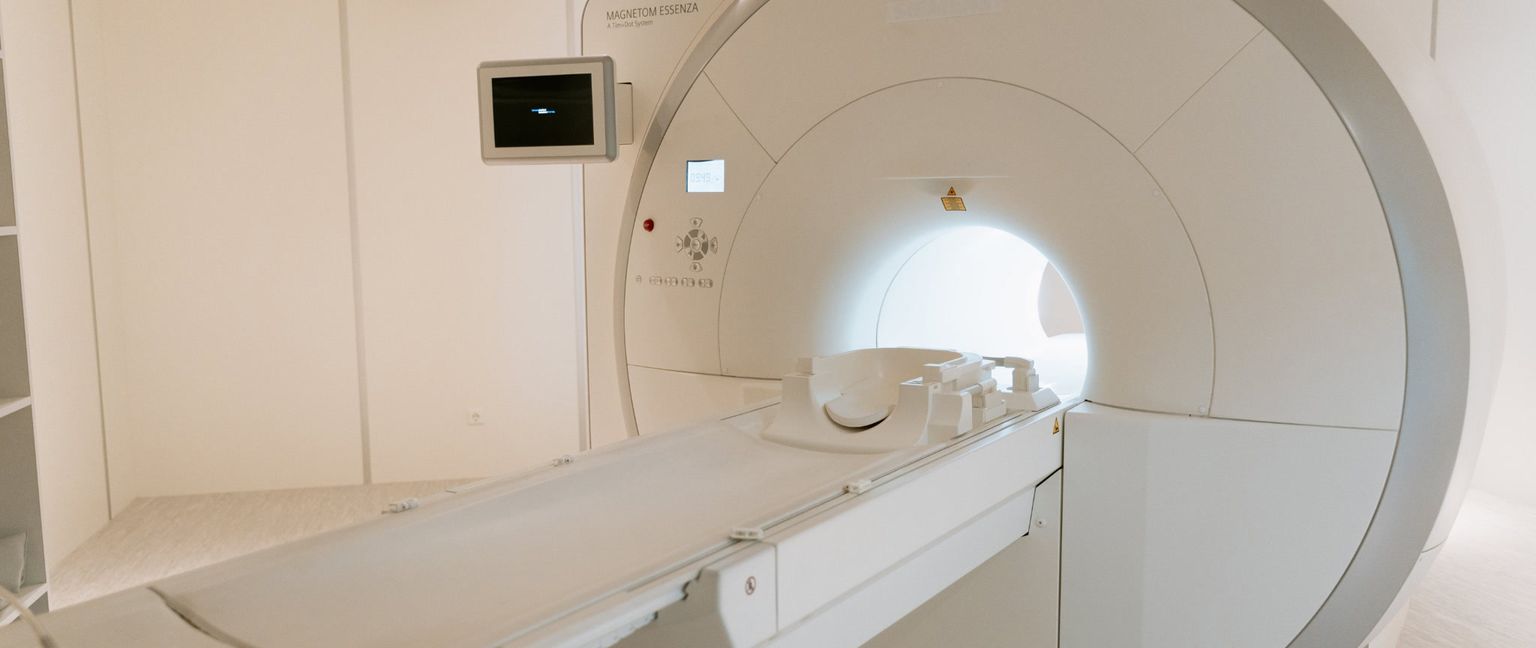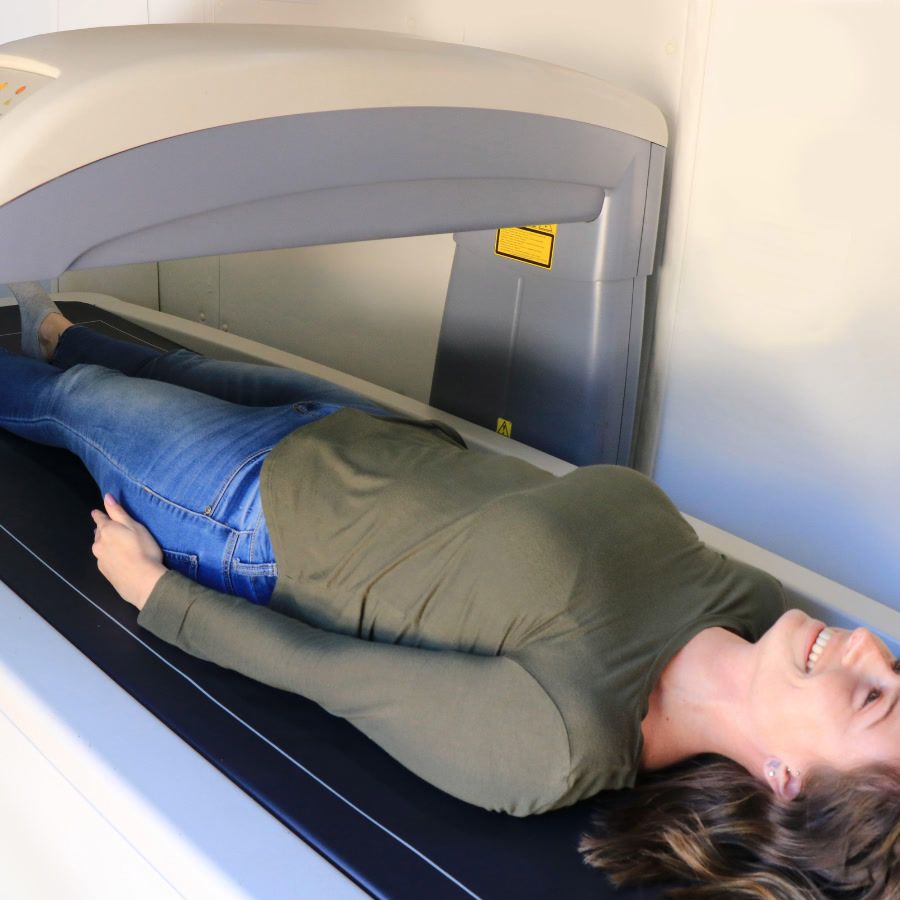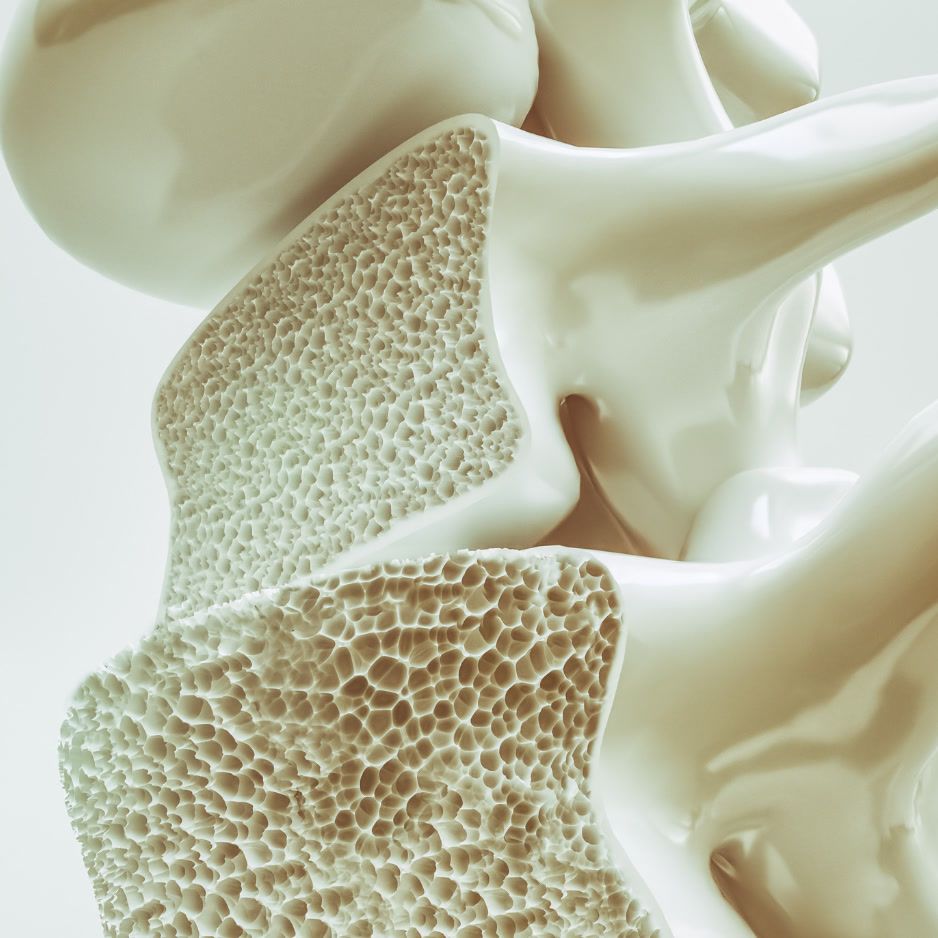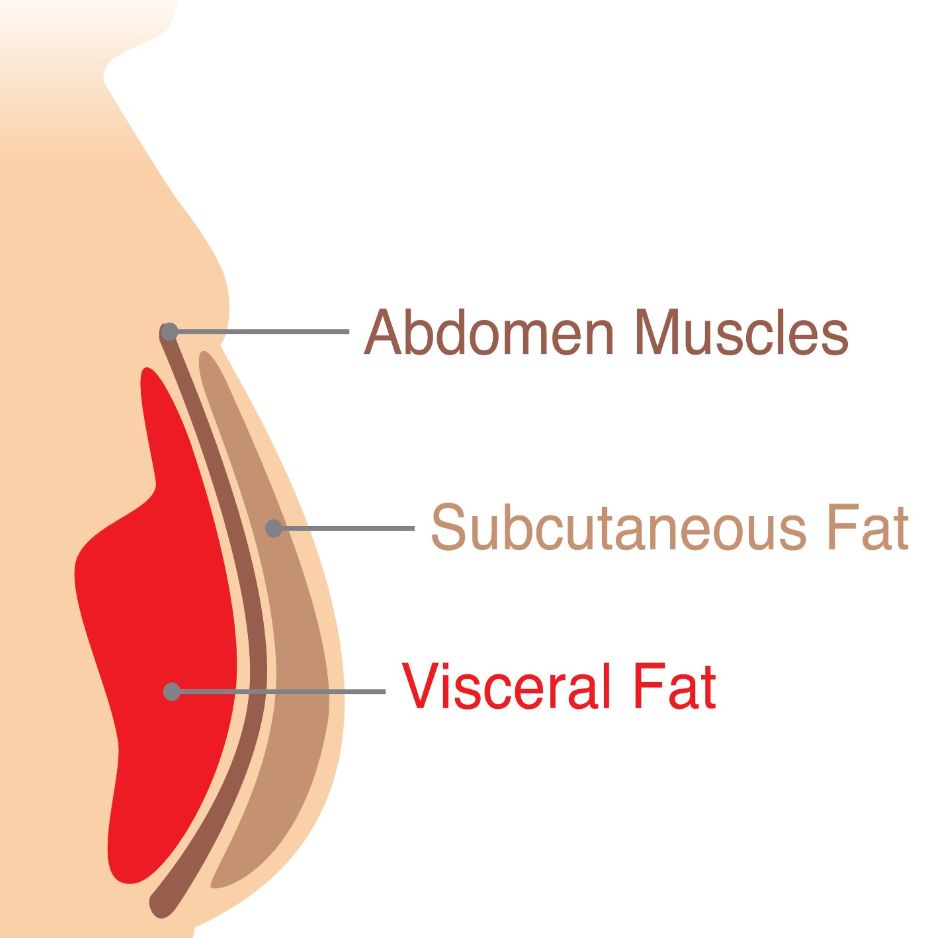Comparing MRI and CT Scan: Which is Better?

Comparing MRI and CT Scan: Which is Better?
Medical imaging plays a crucial role in the diagnosis and monitoring of various medical conditions. Two commonly used imaging techniques are Magnetic Resonance Imaging (MRI) and Computed Tomography (CT) Scan. Both provide detailed images of the internal structures of the body, helping healthcare professionals to identify and treat conditions more effectively. However, there are distinct differences between these two imaging methods that are worth exploring. In this article, we will delve into the basics of MRI and CT Scan, understand how they work, highlight their key differences, and discuss their advantages and disadvantages.
Get weekly updates.
Understanding the Basics of MRI and CT Scan
What is an MRI?
MRI, or Magnetic Resonance Imaging, uses a powerful magnetic field and radio waves to generate detailed images of the body's internal structures. It provides a non-invasive way to visualize organs, tissues, and bones, offering valuable insights for diagnosis and treatment planning.
The process of an MRI begins with the patient lying on a table that slides into the MRI machine, which is a large cylindrical tube. The machine creates a strong magnetic field around the patient's body, causing the protons in the body's atoms to align with the magnetic field. Radio waves are then sent through the body, causing the protons to emit signals that are picked up by the MRI machine.
These signals are then processed by a computer to create detailed images of the body's internal structures. The images produced by an MRI are highly detailed and can show different types of tissues, such as muscles, organs, and blood vessels, in great clarity. This makes MRI a valuable tool for diagnosing a wide range of conditions, including tumors, injuries, and abnormalities.
What is a CT Scan?
CT Scan, short for Computed Tomography, combines X-ray technology with computer processing to create cross-sectional images of the body. It allows healthcare professionals to examine bone, soft tissues, and blood vessels, helping them in accurate diagnosis.
During a CT scan, the patient lies on a table that moves through a large, donut-shaped machine called a CT scanner. The scanner emits a series of X-ray beams that rotate around the body, capturing multiple images from different angles. These images are then processed by a computer to create cross-sectional slices of the body.
CT scans are particularly useful in detecting and diagnosing conditions such as fractures, tumors, infections, and internal bleeding. They can also be used to guide procedures such as biopsies and surgeries, as the detailed images provide precise information about the location and extent of abnormalities.
Unlike an MRI, a CT scan uses ionizing radiation, which can be a concern for patients who require frequent imaging. However, the benefits of a CT scan in terms of accurate diagnosis and treatment planning often outweigh the potential risks associated with radiation exposure.
The Science Behind MRI and CT Scan
Medical imaging has revolutionized the field of healthcare, allowing doctors to visualize and diagnose various conditions without invasive procedures. Two commonly used imaging techniques are Magnetic Resonance Imaging (MRI) and Computed Tomography (CT) Scan. These techniques provide detailed images of the body's internal structures, aiding in the detection and treatment of diseases.
How Does MRI Work?
MRI works on the principle of nuclear magnetic resonance. When a patient is placed inside the MRI machine, a strong magnetic field is applied, aligning the atoms in their body. This alignment creates a temporary magnetization. By applying radio waves, these atoms are excited and emit signals that are detected by the machine.
The detected signals contain valuable information about the body's tissues and structures. These signals are then processed by a computer to construct detailed images. The computer analyzes the strength and frequency of the signals emitted by different atoms, creating a visual representation of the body's internal composition.
One of the remarkable advantages of MRI is its ability to differentiate between different types of tissues. By manipulating the magnetic field and radio waves, MRI can highlight specific tissues, such as muscles, organs, and blood vessels. This allows doctors to identify abnormalities or lesions that may not be visible with other imaging techniques.
How Does CT Scan Work?
A CT Scan, on the other hand, involves rotating an X-ray tube around the patient, emitting multiple X-ray beams. These beams pass through the body and are detected by detectors on the opposite side. The detectors measure the intensity of the X-rays after they have passed through the body.
By rotating the X-ray tube and detectors, a series of cross-sectional images are obtained. These images provide a detailed view of the body's internal structures from various angles. A computer then combines these images to generate a three-dimensional representation of the body, which can be further analyzed.
CT Scans are particularly useful in detecting and diagnosing conditions that affect the bones, such as fractures, tumors, or infections. The high-resolution images produced by CT Scans allow doctors to visualize the intricate details of the skeletal system, aiding in accurate diagnosis and treatment planning.
Both MRI and CT Scan have their unique advantages and applications in the field of medical imaging. While MRI is excellent for soft tissue imaging, CT Scan provides detailed information about the body's bone structures. These imaging techniques have transformed the way medical professionals diagnose and treat various conditions, ultimately improving patient outcomes.
Key Differences Between MRI and CT Scan
Image Quality and Detail
When it comes to image quality, MRI has the upper hand. It provides highly detailed images, making it ideal for evaluating soft tissues and identifying abnormalities. On the other hand, CT Scan excels in imaging bones and solid organs due to its superior visualization of dense structures. The choice between the two depends on the specific medical condition being examined.
Time Taken for the Procedure
In terms of speed, CT Scan is significantly faster than MRI. CT Scans can typically be completed in a matter of minutes, whereas MRI scans often take longer, ranging from 15 minutes to an hour or more. This difference in duration can be important, especially in emergency situations when time is critical.
Patient Comfort and Safety
When it comes to comfort, MRI may pose challenges for some patients. The confined space of the MRI machine can cause feelings of claustrophobia in certain individuals. However, open MRI machines are now available to address this concern. As for safety, both MRI and CT Scan are generally considered safe procedures. However, CT Scan involves exposure to X-ray radiation, although the dosage is usually low and the benefits outweigh the risks in most cases.
Advantages and Disadvantages of MRI
Benefits of MRI
MRI offers several advantages in medical imaging. It provides detailed and high-resolution images of soft tissue structures, making it invaluable for diagnosing conditions such as tumors, brain disorders, spinal cord injuries, and joint abnormalities. Additionally, MRI does not involve exposure to ionizing radiation, which is a significant benefit, especially for patients who require multiple scans over time.
Limitations of MRI
Despite its many benefits, MRI does have limitations. It cannot be performed on patients with certain metallic implants, as the strong magnetic field may interfere with or cause harm to the implant. Moreover, MRI may not be suitable for individuals who are unable to lie still for an extended period, such as young children or individuals with severe claustrophobia.
Advantages and Disadvantages of CT Scan
Benefits of CT Scan
CT Scan offers distinct advantages in medical imaging. Its fast acquisition time makes it ideal for emergency situations, providing quick assessments of injuries, bleeding, or other acute conditions. CT Scan is also highly effective in diagnosing diseases of the bones, such as fractures or arthritis, and identifying abnormalities in the chest or abdomen.
Limitations of CT Scan
While CT Scan is highly useful, it does have limitations. The exposure to X-ray radiation should be minimized, especially in cases where multiple CT Scans are required over time. Additionally, CT Scan can only provide limited information regarding soft tissues, as its primary strength lies in imaging dense structures like bones.
In conclusion, both MRI and CT Scan are powerful imaging techniques with their own strengths and weaknesses. The choice between the two depends on the specific medical condition and the information that needs to be obtained. Both methods have revolutionized the field of medical imaging, allowing healthcare professionals to provide accurate diagnoses and effective treatment plans.
If you're looking for an affordable way to track your body fat, muscle mass, and bone health over time, consider BodySpec's affordable DEXA scans. With their state-of-the-art technology and expert analysis, BodySpec can provide you with valuable insights into your body composition. Don't miss out on this opportunity to take charge of your health and wellness.


